There are multiple form factors for the 400G optical transceiver module. QSFP-DD (Quad Small Form-Factor Pluggable-Double Density ) and OSFP (Octal Small Form-Factor Pluggable ) are clearly in competition for all access network and data center applications. This article will share the difference between 400G QSFP-DD and OSFP optical transceiver modules.
400G QSFP-DD transceiver is standardized by the QSFP-DD MSA. It has a similar size compared to the QSFP transceiver (QSFP+/QSFP28/QSFP56), but it has 8 data lanes instead of 4. The 400G OSFP transceiver is standardized by the OSFP MSA. Its size is slightly bigger than a QSFP module and is designed for 8 data lanes, reaching 400G (with 50G PAM4). The differences between 400G QSFP-DD and 400G OSFP transceiver are listed below:

● Size
The width, length, and thickness of the 400G QSFP-DD transceiver are 18.35mm, 89.4mm, and 8.5mm, while those of the 400G OSFP transceiver are 22.58mm, 107.8mm, and 13.0mm. 400G OSFP is slightly wider and deeper than the 400G QSFP-DD, but it still supports 36 OSFP ports per 1U front panel, enabling 14.4Tb/s per 1U.
● Bandwidth
400G QSFP-DD transceiver currently only supports up to 400Gb/s, but the 400G OSFP transceiver can support up to 800Gb/s. Considering scalability, 400G OSFP is slightly better than 400G QSFP-DD.
● Thermal Management and Power Consumption
400G QSFP-DD transceiver has no direct thermal management mechanism (no integrated heat sink) and has a power consumption of 7-12W. 400G OSFP transceiver has direct thermal management (integrated heat-sink) and allows power consumption of 12-15W. The lower the power consumption, the better the performance of the transceiver.
● Backwards Compatibility
400G QSFP-DD transceiver is more flexible regarding backward compatibility. It is identical dimensionally with the 40G QSFP+,100G QSFP28, and 200G QSFP56 transceivers. The 400G OSFP transceiver requires an adapter to support backward compatibility between form factors.
● Port
400G QSFP-DD and 400G OSFP transceivers remain "compact" for access network and data center applications. However, a 1U rack can handle a maximum of 32x OSFP ports, while the same rack can handle 36x QSFP-DD ports. More density with QSFP-DD but also more challenges in terms of power dissipation.
Conclusion
400G QSFP-DD and 400G OSFP transceivers are designed for data center interconnects (DCI), 400G Ethernet, cloud networks, etc. The 400G QSFP-DD has the advantage of being natively backward compatible with the QSFP form factor, while the 400G OSFP is more robust (heat dissipation, space for components, and 800G ready). Sun Telecom specializes in providing one-stop total fiber optic solutions for all fiber optic application industries worldwide. We are devoted to not only meeting the need of customers but; also providing our customers with basic and in-depth knowledge about fiber optic products and solutions through articles. Contact us if you have any needs.


 Position :
Home>
News & Tutorial
>Products
Position :
Home>
News & Tutorial
>Products

 Position :
Home
>Products
Position :
Home
>Products
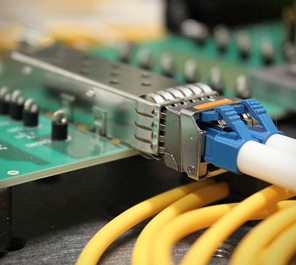
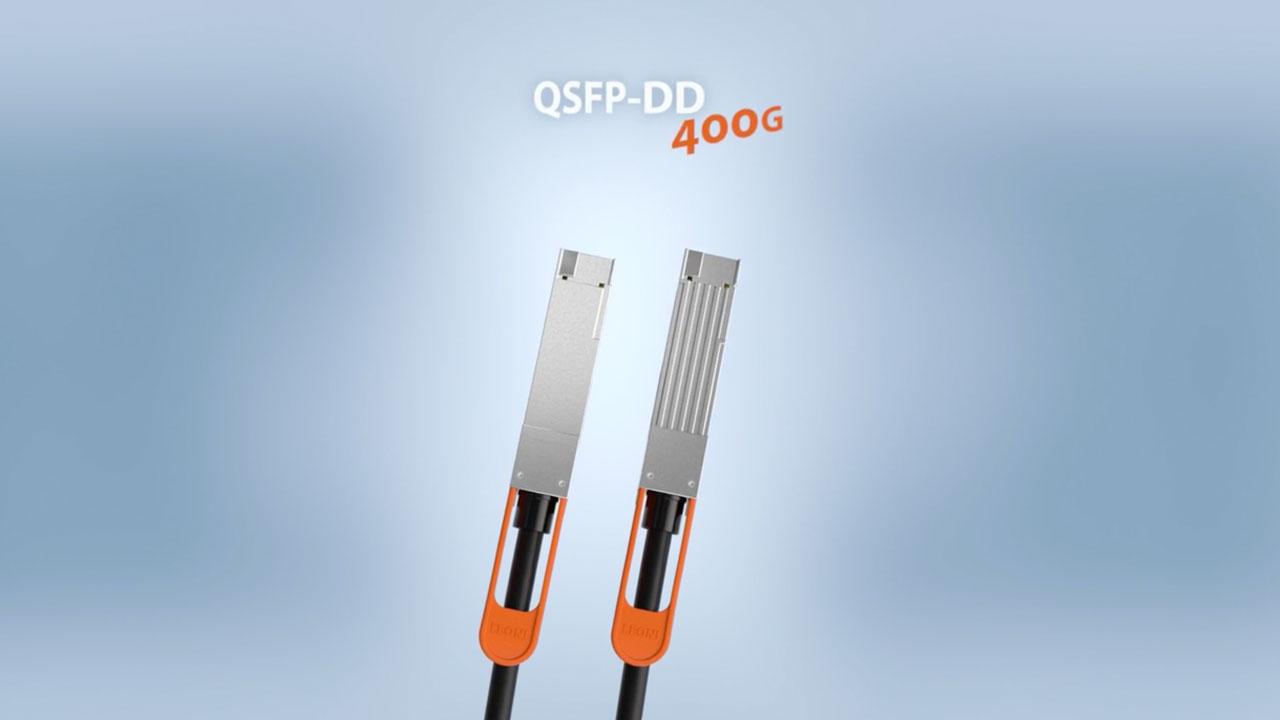

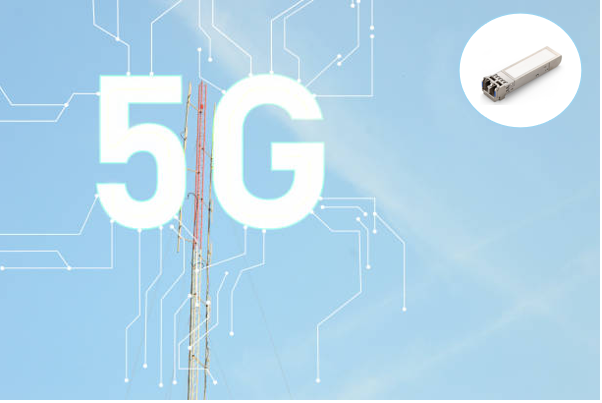
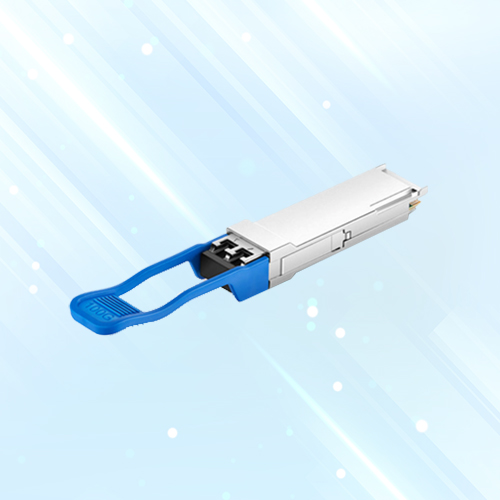
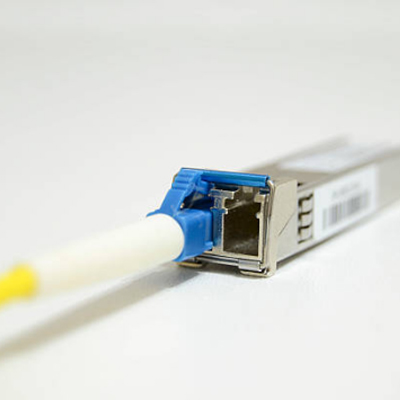
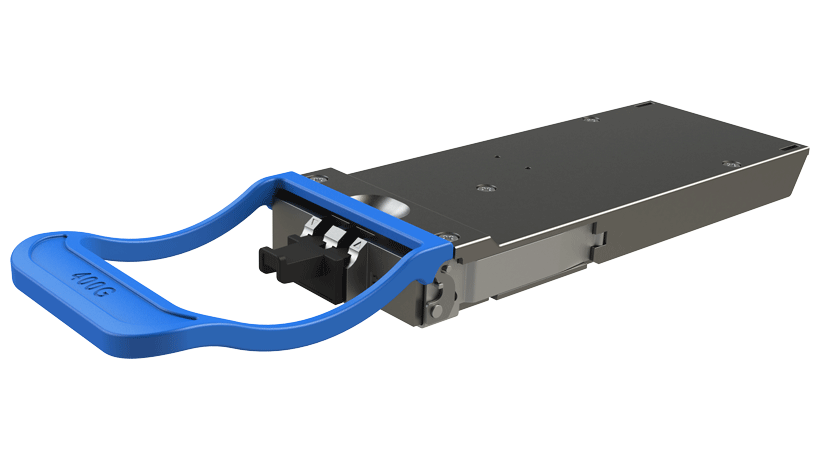
 ics@suntelecom.cn
ics@suntelecom.cn  +86 18964888554
+86 18964888554 Building No.145, Lane 666 Xianing Road, Jinshan Industrial Zone, Shanghai 201506, China
Building No.145, Lane 666 Xianing Road, Jinshan Industrial Zone, Shanghai 201506, China